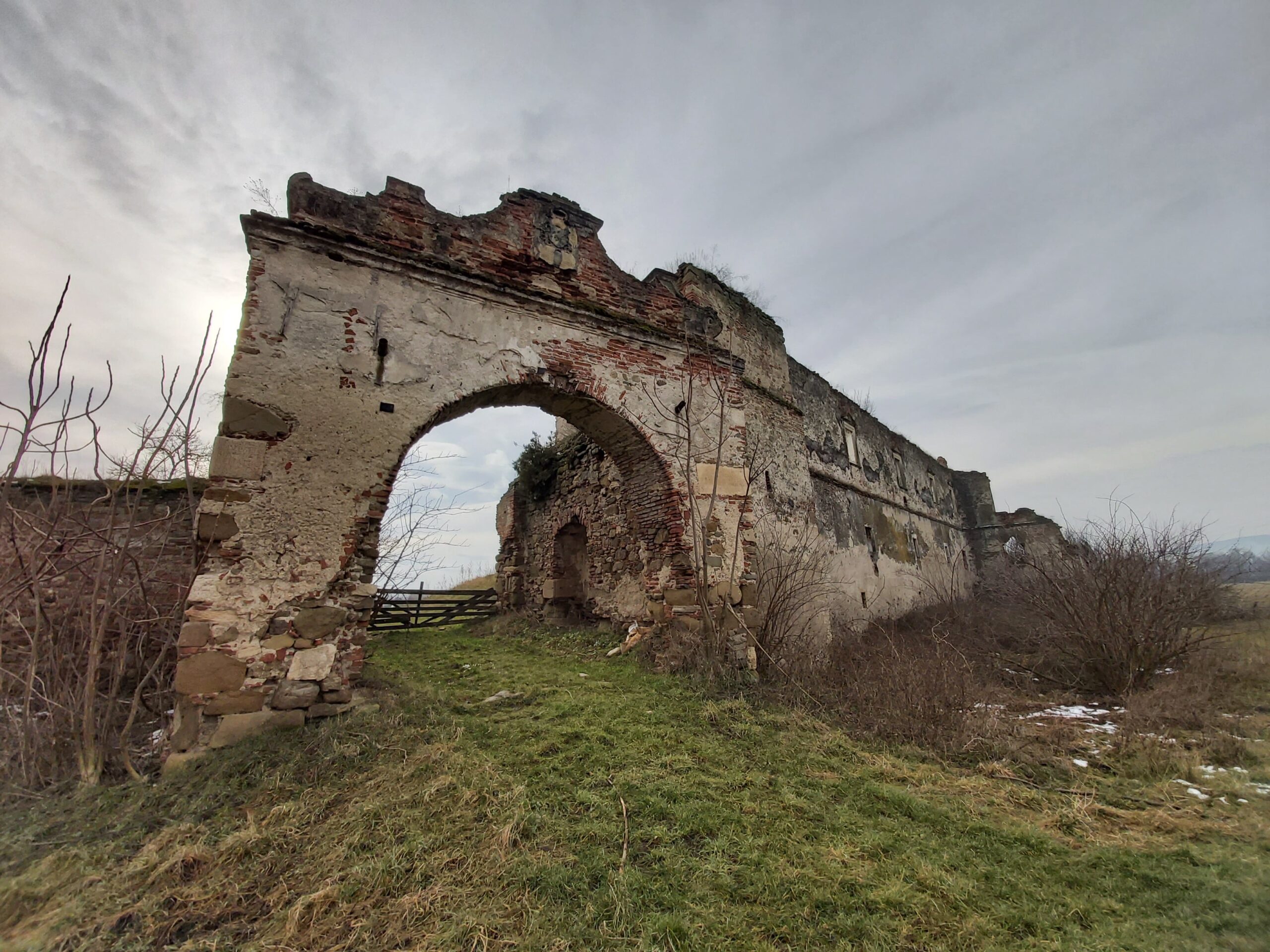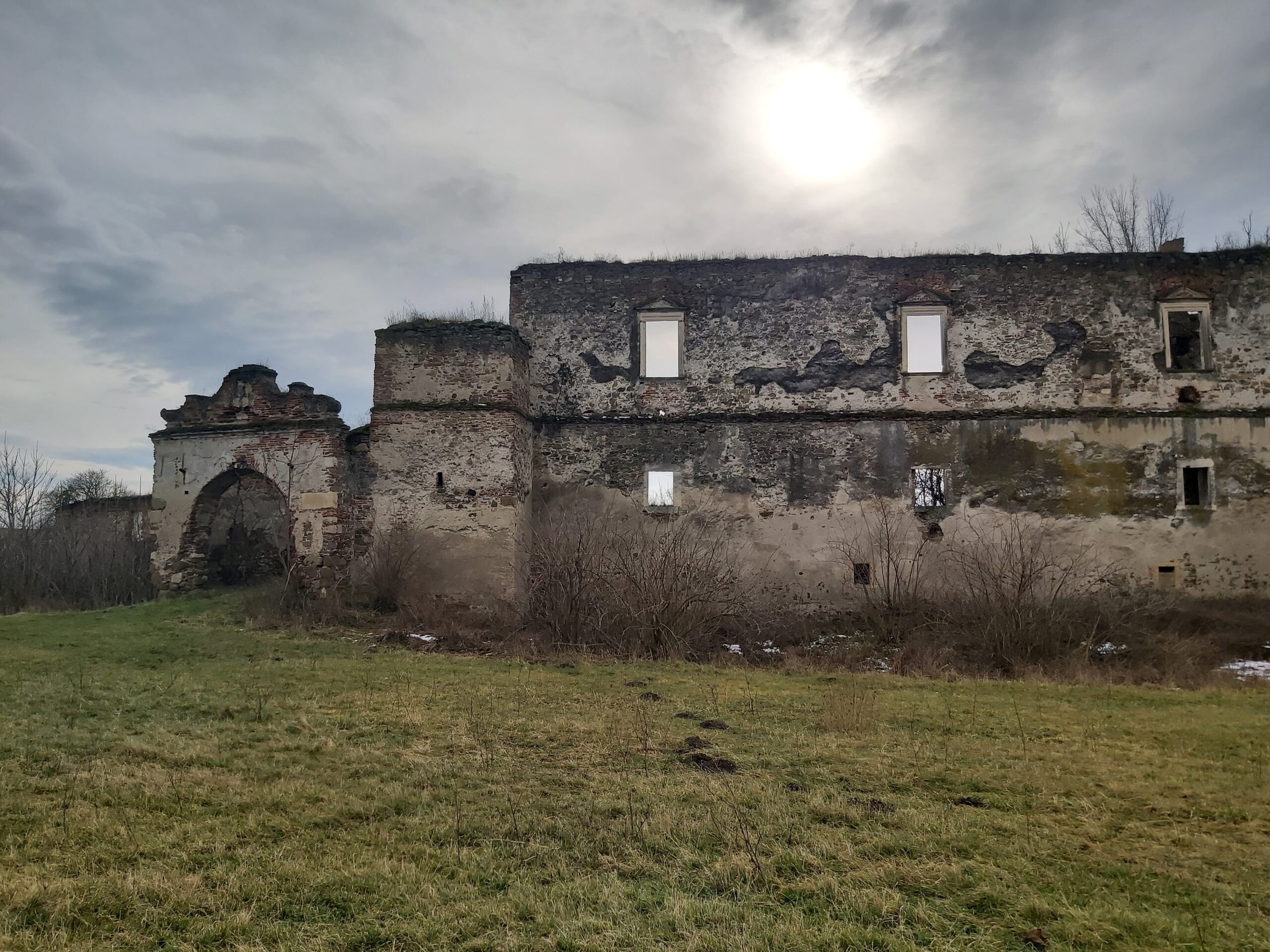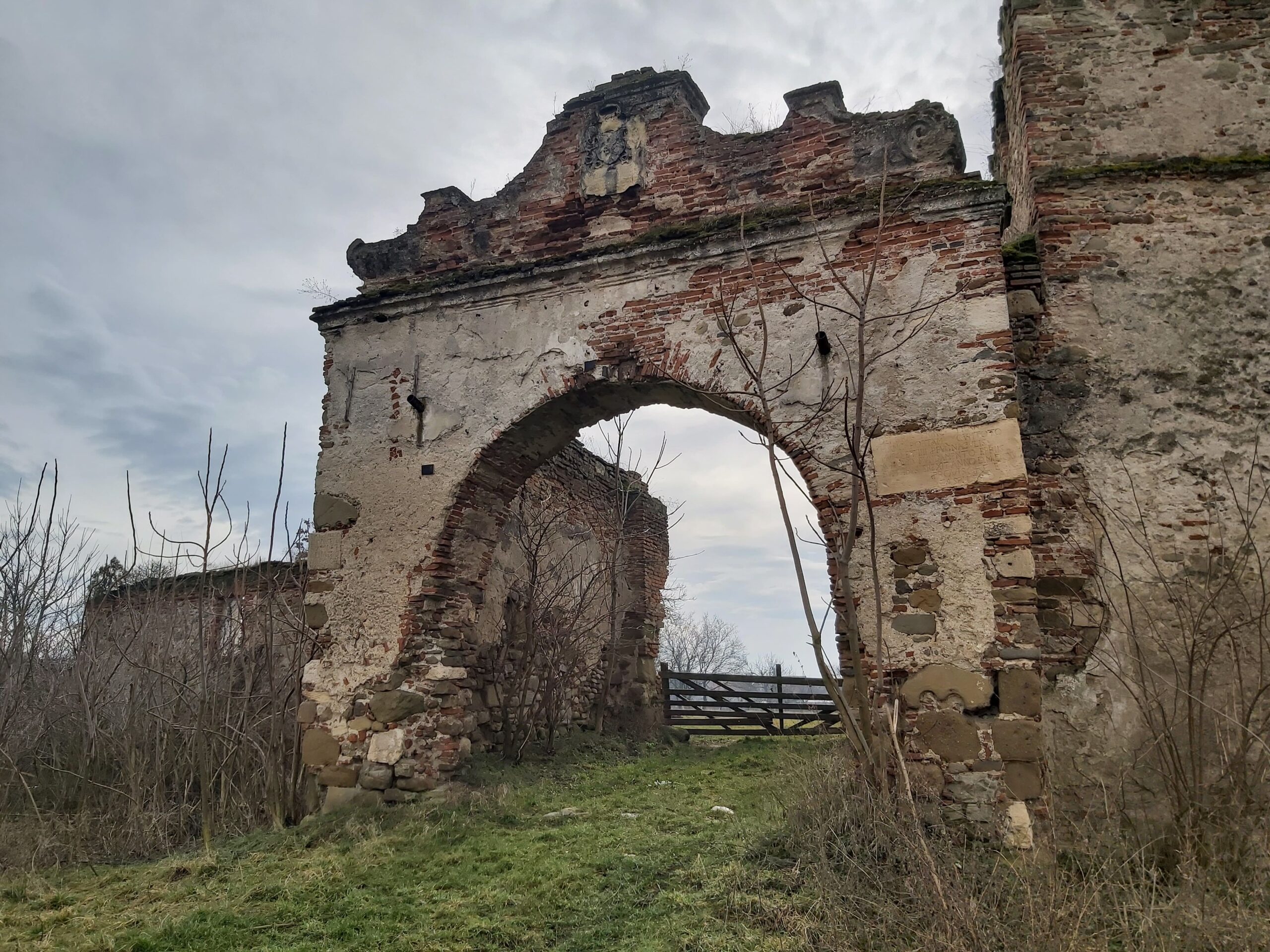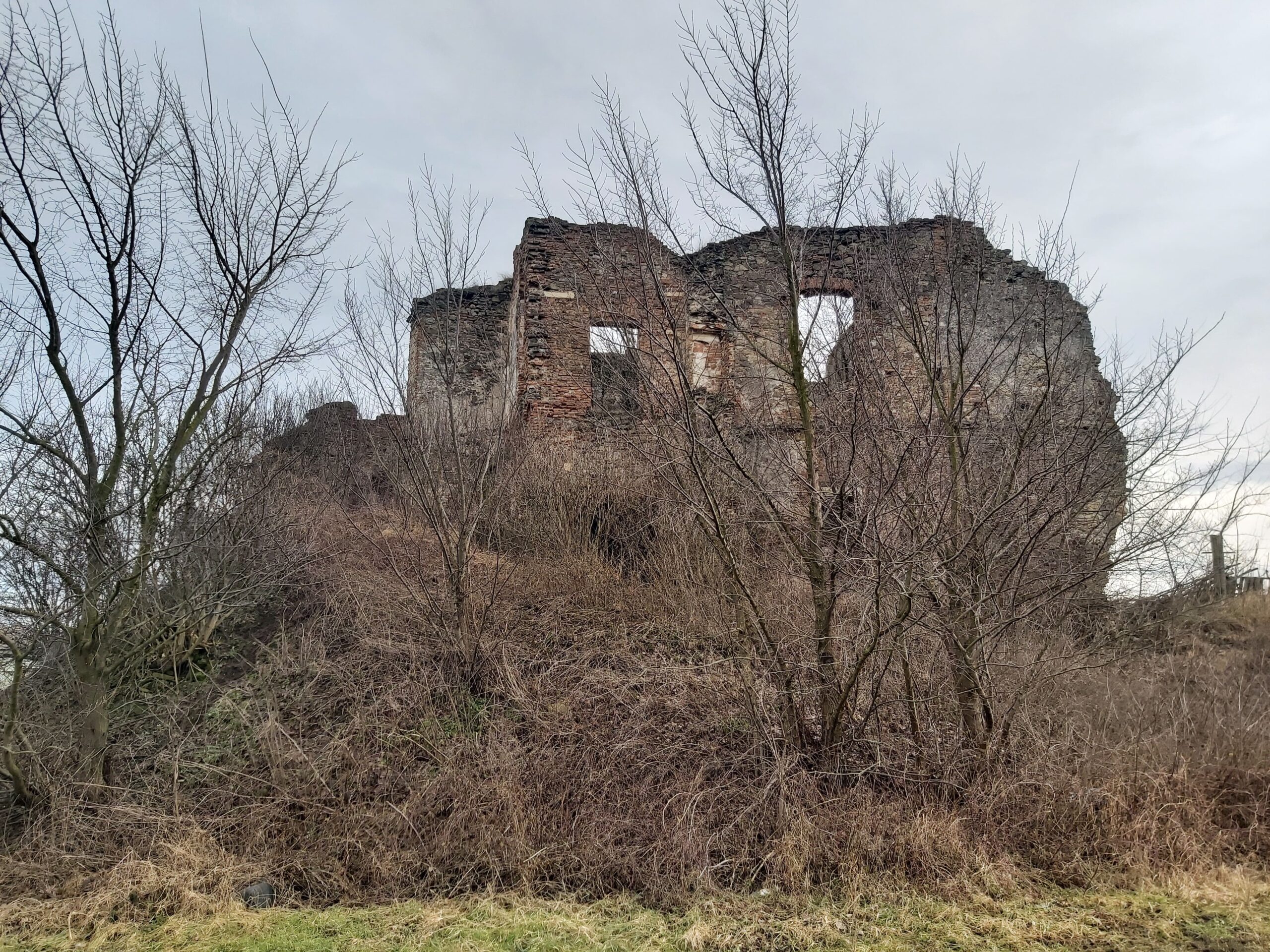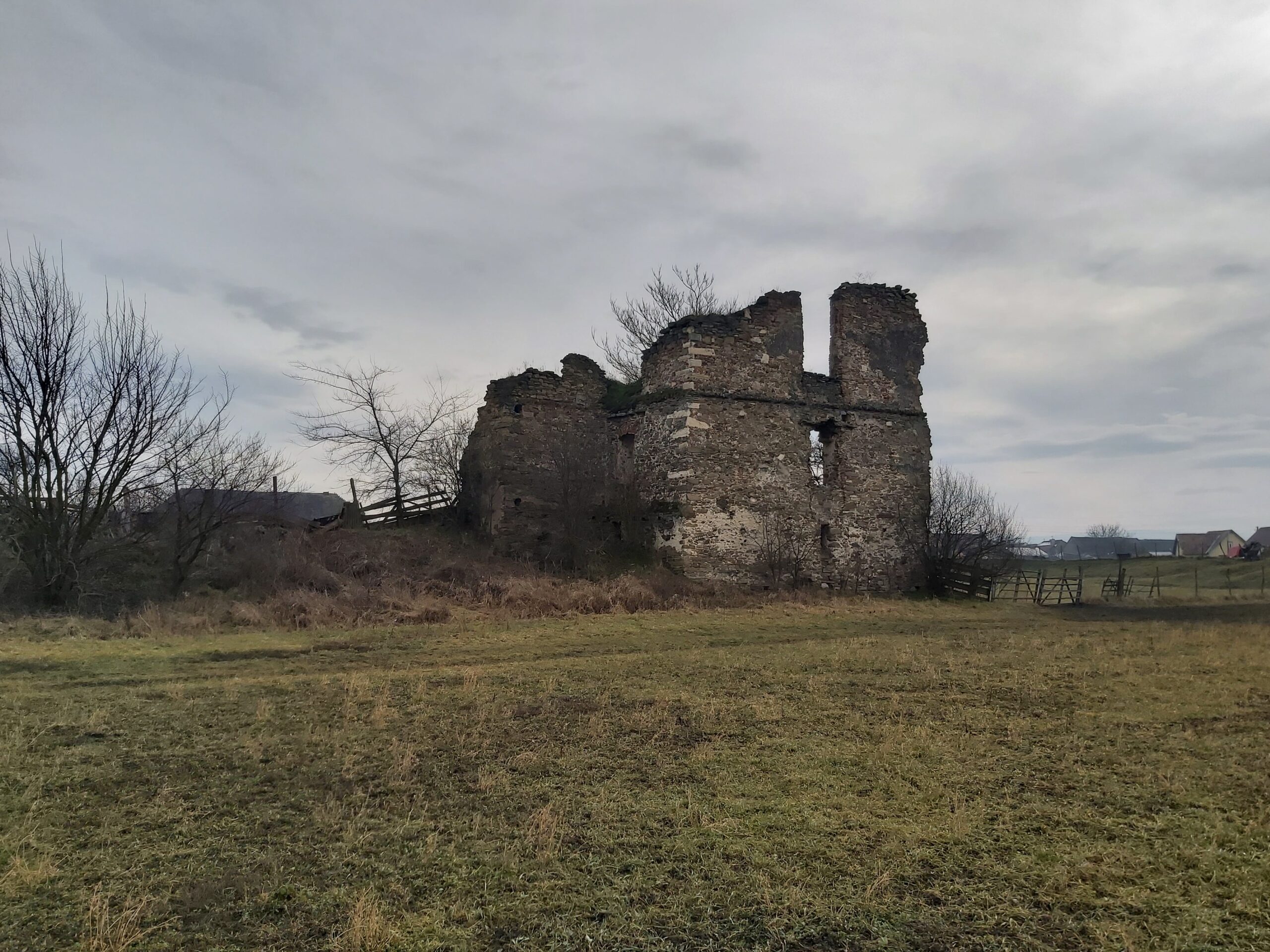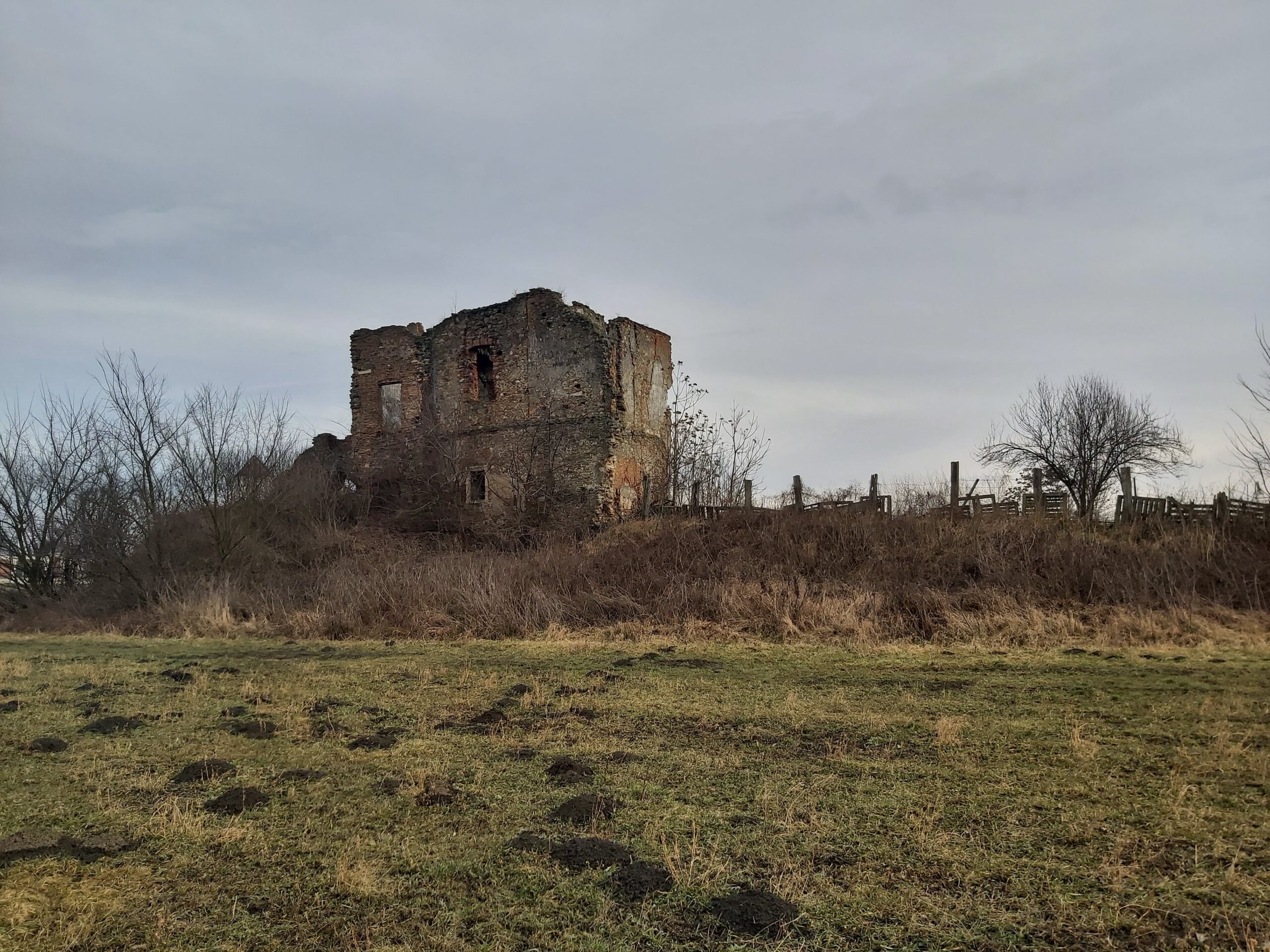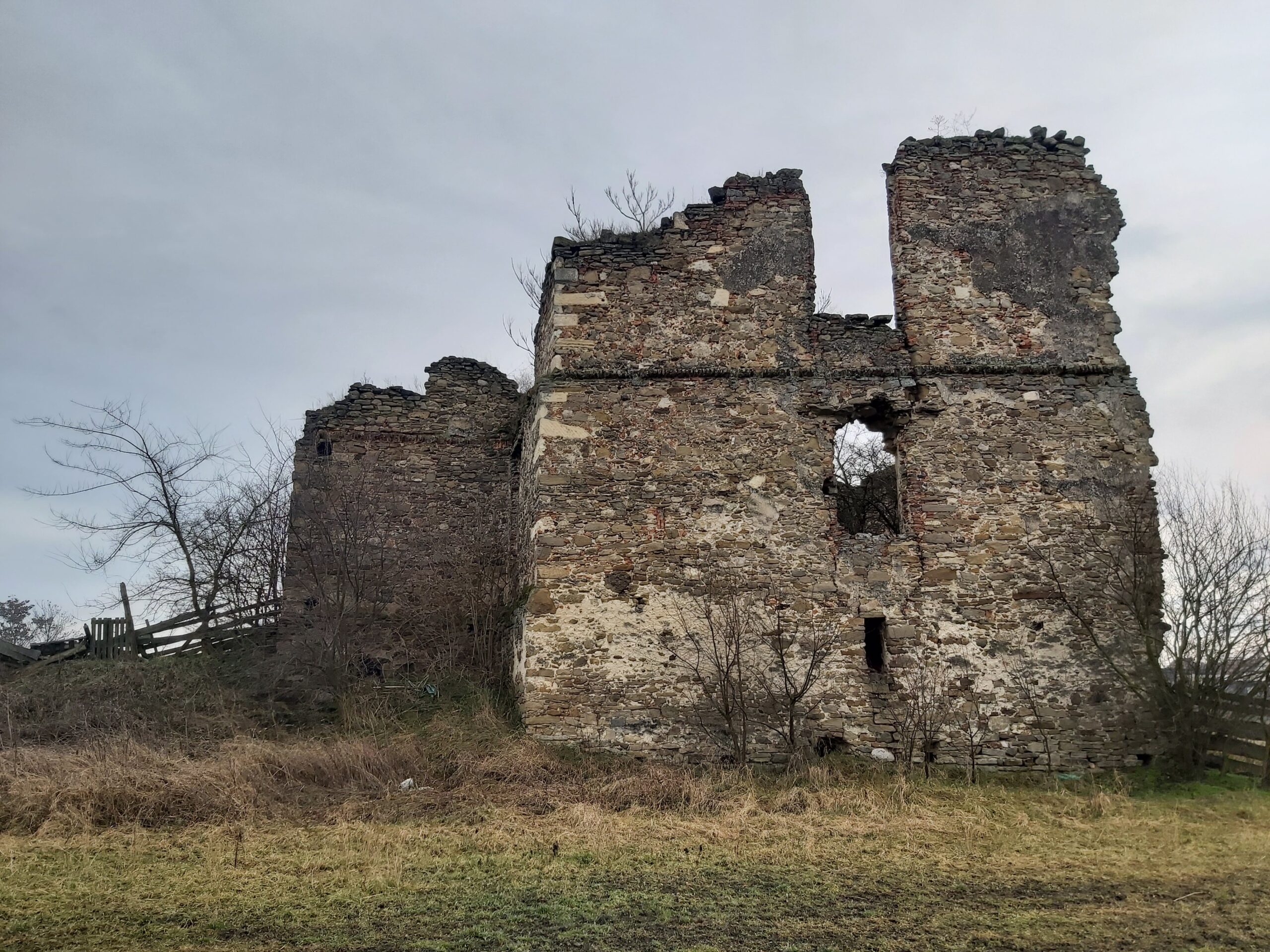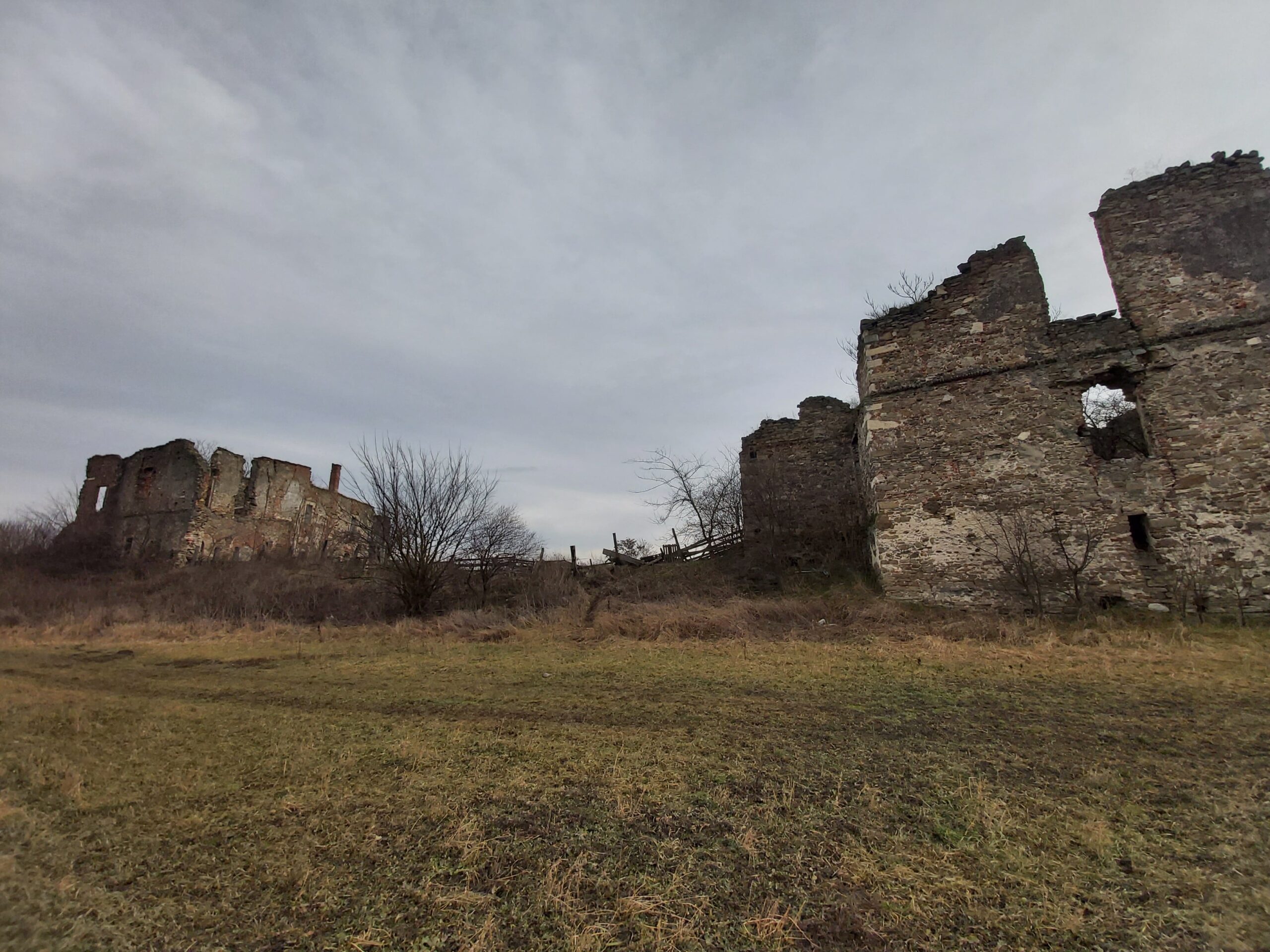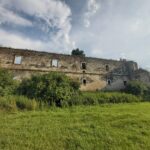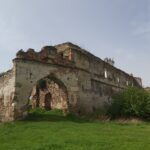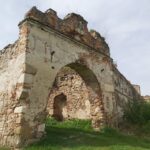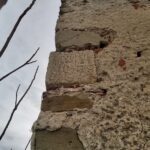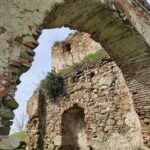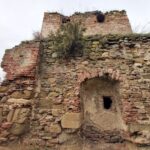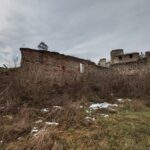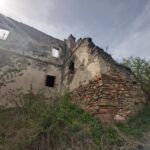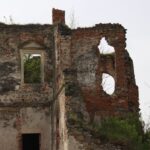Martinuzzi Castle in Vințu de Jos, built on the site of a Dominican monastery
The story of the castle at the confluence of the Pianu and Mureș rivers dates back to the early 1300s. Initially a holy place housing a Dominican monastery, the domain would later become the scene of several gruesome crimes. Affected by the Ottoman invasion in 1438, monastic life at Vințu de Jos ended permanently in the first part of the 16th century. After the departure of the last monks, the monastery quickly passed through the hands of several nobles, eventually reaching the possession of the Bishop of Nagyvárad, George Martinuzzi. The governor of Transylvania was the one who ordered the complete reconstruction of the Dominican monastery in Renaissance style. The influential future cardinal planned a quadrilateral castle, with a tower at each corner, a moat filled with water from the Mureș River, and a drawbridge at the entrance gate.
However, the plans of the Archbishop of Esztergom were never completed. Suspected of secret dealings with the Sublime Porte, Martinuzzi fell from grace with Holy Roman Emperor Ferdinand I, who was convinced by the testimony of Italian general Giovanni Battista Castaldo, commander of the Habsburg troops in Transylvania. Thus, on the night of December 17, 1551, Castaldo’s mercenaries, led by secretary Marcantonio Ferrari and Captain Sforza Pallavicini, attacked Martinuzzi with rifles and knives, murdering him in a particularly violent manner. After the gruesome crime, Frater Georgius’s body lay frozen in blood all winter, being buried only at the end of February 1552, in the crypt of Saint Michael’s Cathedral in Alba Iulia.
Martinuzzi Castle in Vințu de Jos, a history soaked in blood and cruelty
In the post-Martinuzzi era, the castle passed through the Báthory and Majláth families, eventually coming into the possession of Prince Gabriel Bethlen (1614). But before a new phase of reconstruction began, the castle witnessed other notorious assassinations. Deposed of the anti-Ottoman Holy League by the suspicious Prince Sigismund Báthory and imprisoned with his family for two years in Vințu de Jos, Aron the Tyrant, former Prince of Moldavia, was eventually poisoned here in June 1597. Just a few years later, by order of the infamous General Giorgio Basta, Italian architects Fabio and Simone Genga were also killed in the castle’s dungeon (1601), the two brothers being accused of political intrigues. Returning to Gabriel Bethlen, the Transylvanian prince was the one who gave the castle its final hexagonal shape, as evidenced by the Latin inscription from 1617 still visible on the gate wall.
The plans were drawn by Italian architect Giacomo Resti, the construction was carried out under the supervision of master Brassai Kőműves János, and the ceiling was painted by Egerházi Képíró János, Bethlen’s court painter. Devastated by the Turks and Tatars in 1658, the already ruined Martinuzzi-Bethlen Castle was taken over by the Transylvanian Roman Catholic Church (1715), becoming the bishops’ summer residence. Earlier, the Metropolitan bishop of the Romanian Orthodox Church in Transylvania, Sava Brancović, had a less pleasant stay here (1680), being persecuted and imprisoned by Prince Michael I Apafi. In 1733, Bishop Sorger Gergely completed the construction with the baroque gate, but a fire in 1792 marked the beginning of the castle’s decline, later only partially renovated by Bishop Batthyány Ignác. It is also worth mentioning that Hungarian writer Zsigmond Kemény was born in Martinuzzi Castle (June 12, 1814).
Treasures and adultery at Martinuzzi Castle in Vințu de Jos?
With such a macabre history, the Martinuzzi Castle naturally gave rise to numerous local legends. One tells of a stunning treasure found by fishermen in the Strei River — tens of thousands of gold coins bearing the image of King Lysimachus of Macedon. These gold coins were supposedly seized by Martinuzzi himself, and this enormous wealth might have been the true motive behind Castaldo’s decision to have the Croatian-born prelate killed.
Another myth is tied to the love life of Empress Maria Theresa, mother of 16 children. Although there’s no credible evidence she ever visited or even heard about Vințu de Jos, it is said the powerful Austrian empress lured her lovers into Martinuzzi Castle, only to end their lives by activating a trapdoor, causing them to fall into a chamber full of swords, with the bodies then disposed of into the Mureș River through a secret tunnel.
Beyond hidden passages, undiscovered treasures, mysterious lights, inexplicable natural phenomena, or the howls of troubled souls in the night, Martinuzzi Castle has lost almost all of its former glory over the last century. Already described as a ruin at the beginning of the 20th century, the castle lost most of its buildings in the 1930s, leaving only the north wing and the south-west bastion.
Martinuzzi Castle in Vințu de Jos will be restored and returned to the community
After the end of World War II, the castle was used as a warehouse, and after nationalization, it successively became a grain storage, furniture depot, and meat processing enterprise. In the early 1980s, the corner of the northern wing collapsed, and the castle was abandoned. After the Revolution, Martinuzzi Castle was reclaimed by the Roman Catholic Archdiocese of Alba Iulia. Archaeological research conducted between 1991 and 1999 uncovered the remains of the former Dominican monastery, but the castle itself continued to degrade irreversibly. Having recently become a makeshift sheepfold, the building now has a real chance to be saved.
In the spring of 2024, the Roman Catholic Archdiocese of Alba Iulia managed to obtain non-reimbursable funding from the National Heritage Institute through the Historic Monuments Stamp program to save Martinuzzi Castle. A year later, measurements were completed, invasive vegetation began to be cleared, and the technical and economic documentation for the necessary interventions was finalized. If all goes according to plan, the ruins and existing murals will be preserved, the current fencing will be rehabilitated, access will be improved, and the castle will become a cultural hub.

The stark contrast between Martinuzzi Castle, still a ruin, and the Horváth-Inczédi Castle across the street — an eclectic architectural gem — may finally fade with the long-awaited restoration. Better late than never!

